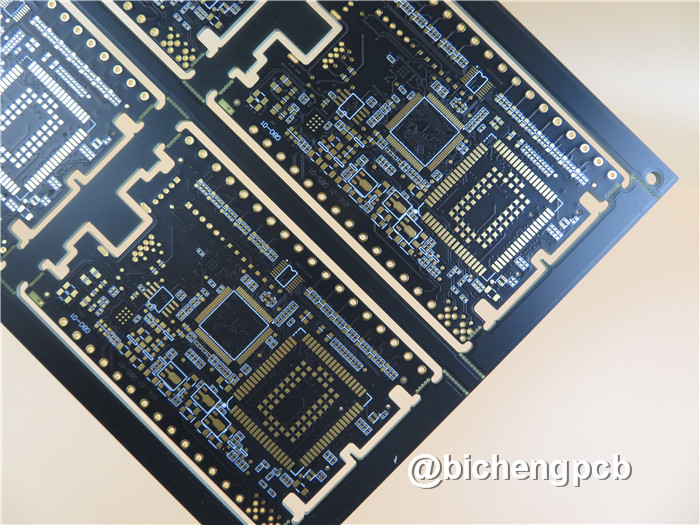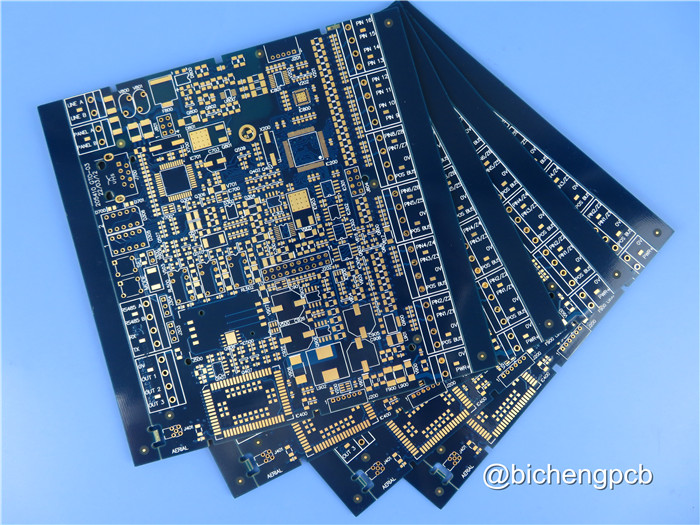Control Impedance A transmission line made out of PCB conductors has a PCB characteristic impedance. It matters when high-frequency signals travel via the transmission lines of a PCB. Signal integrity, or the transmission of undistorted signals, depends on PCB impedance control.
A challenging and wide-ranging subject, controlled impedance in PCB production and design. Thus, it could be challenging to understand.
What Does Controlled Impedance Mean?
This is a thoughtful query. Let's first describe impedance so that we may comprehend what regulated impedance is. Impedance refers to how much an electric circuit or transmission line opposes the flow of energy through it.
Z is used to indicate this and is measured in Ohms. This is what happens when the reactance (X) and resistance (R) are added together. Here, there are two effects that lead to the reactance, including:
Due to the conductors' voltages, the capacitance—which is the storing of electrostatic charges—occurs.
Due to the magnetic fields of the currents, the inductance causes voltages to be induced in capacitors.
There is often no reactance at DC, and the copper's resistance is typically negligible. Impedance and reactance play a significant role in high-speed AC circuits. Due to the design's usefulness, impedance can be crucial in this situation.
This is due to the possibility that impedance variations along the signal's journey from the transmitter to the receiver could produce hiccups and lower system performance. A design technique known as controlled impedance ensures that impedance mismatches in a circuit are kept within acceptable bounds.
Impedance regulation Hence, a PCB is a circuit board design with characteristics that can manage impedance mismatches.
Impedance characteristics in PCBs
There are various impedance-related features to consider while examining a PCB trace impedance. Dielectric constant, length, breadth, height, PCB manufacturing limits/tolerances, and the separation between the track & other copper features are characteristics of a 50 ohm PCB trace PCB board design impedance.

While manufacturing impedance control Boards and calculating it, keep these factors in mind.
Device switching speeds have been steadily increasing lately. In general, the speed and complexity of these gadgets have increased overnight. For instance, as device operation speeds have increased, signal integrity problems have gotten increasingly recurrent. This implies that any SI-related problems must be resolved by modern technology.
Thus, you can no longer consider PCB traces to be point-to-point connections. Instead, start thinking of them as transmission lines. Also, you must comprehend the value and demand of impedance matching in eliminating or significantly decreasing the impact on SI. Be aware that you can easily avoid potential SI difficulties by using excellent design principles and techniques. Controlled impedance can help you in this situation to lessen or prevent SI problems.
One of the crucial issues and difficult issues in high-speed PCB design has been PCB impedance control. You should understand how to compute impedance as an impedance control designer and what factors affect PCB impedance.


 Call Us Now !
Tel : +86 755 27374946
Call Us Now !
Tel : +86 755 27374946
 Order Online Now !
Email : info@bichengpcb.com
Order Online Now !
Email : info@bichengpcb.com















